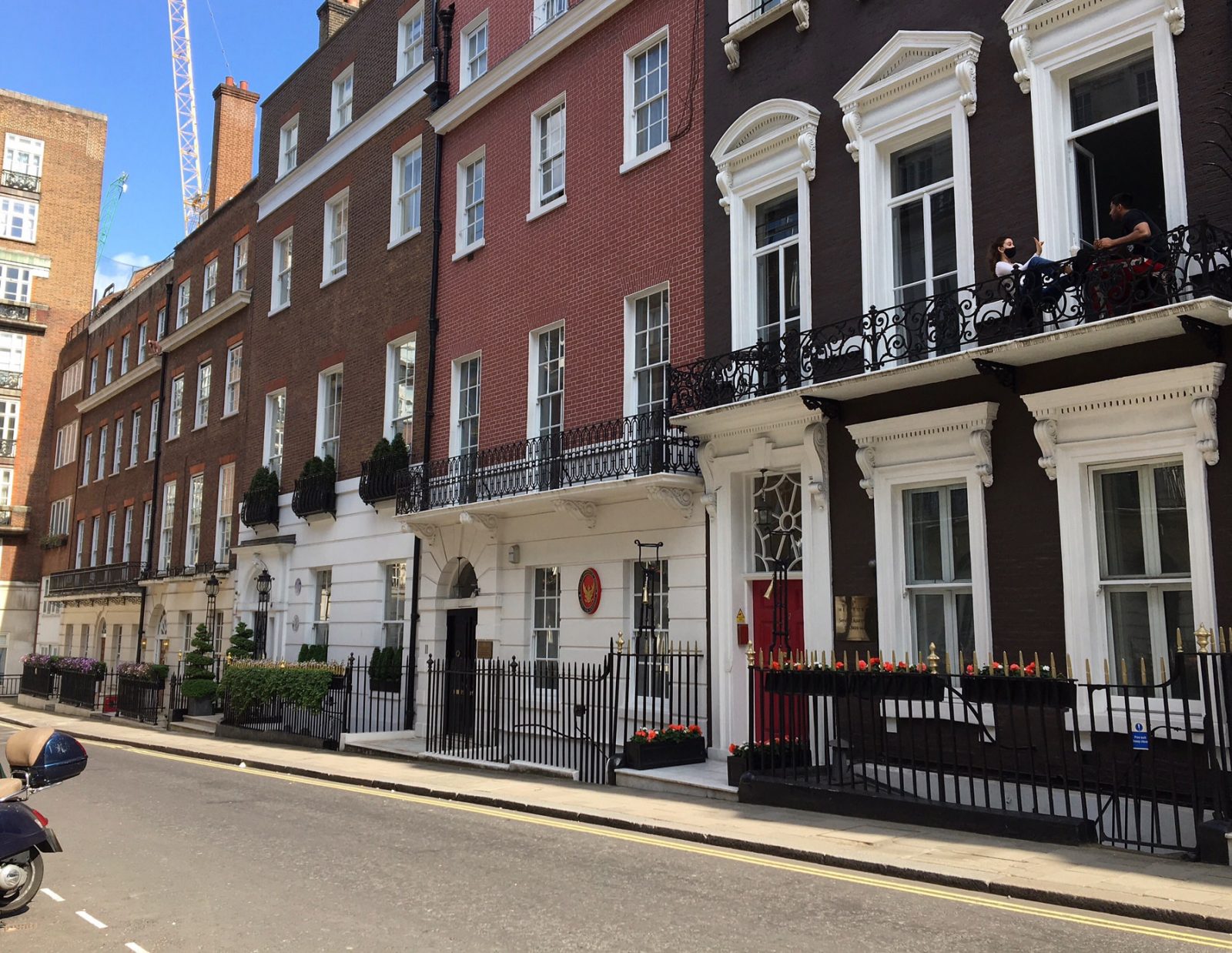Photo credit: © Lucy Sutton-Long
9 Hertford Street is nestled in an area rich in London’s history; it seems to be a fitting time to share its story with you as we approach the month inherent in the locality’s name.
Rural beginnings
Up until the eighteenth century, the land which Mayfair now occupies came under the manor of Eia. The area mainly comprised of fields with the River Tyburn running from north to south. The land was used to grow hay and for grazing cattle.
The May Fair
In 1686, The May Fair was established in the Shepherd Market area to raise funds for the Hospital of St James. It opened on the eve of St James’ Day (1 May) and ran for four days. It was such a success it was then held annually until 1764. In its infancy, the Fair concentrated on rural trade but over time, it developed, and became well known for, a wide variety of entertainment, and at its peak, ran for two weeks.
Development of the area
Mayfair was developed on fields belonging to the eminent Curzon family (we named our largest apartment, The Curzon Suite, after them). During the mid-eighteenth century there became an increasing demand for London homes for the gentry to use during the months when parliament sat and the Royal Family were in residence. It was during this time that Hertford Street was built (between 1764 and 1771) which retains its Georgian charm.
The name Mayfair
As the area evolved into a residential district, it required a name, and what a fitting name it was given with a nod to its history.
Modern Mayfair
Mayfair is still very much regarded as an exclusive and prosperous area to reside in; entry level prices for Mayfair homes are £1.5 million and the most expensive can cost up to £45 million.

